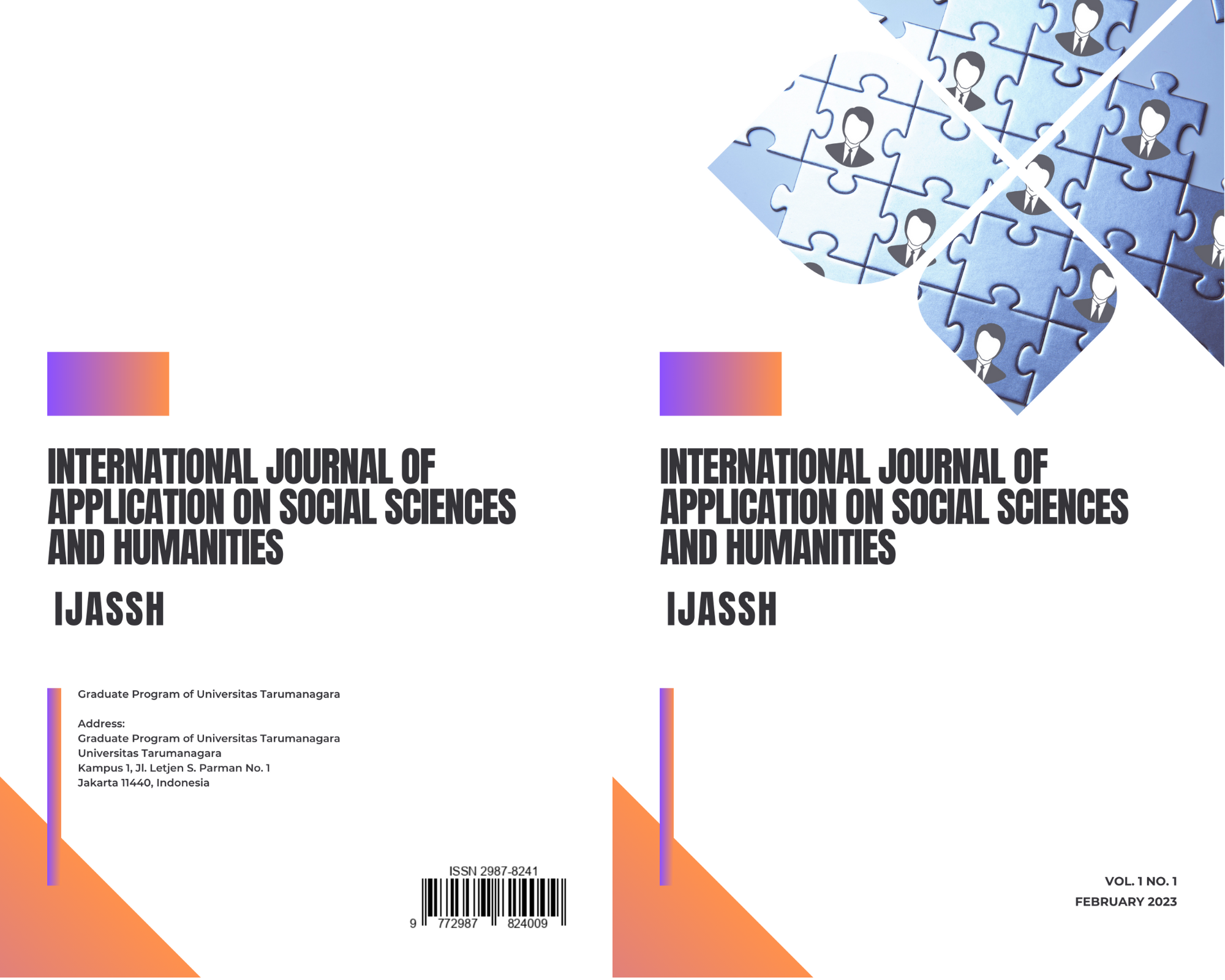The Impact of Corridor “Mastery” on Benhil II Flats, Central Jakarta
Main Article Content
Abstract
The problem of limited space due to overcrowding in flats is still common in several areas, one of which is the Benhil II flat. This condition has resulted in some residents exercising “mastery” over public spaces to carry out their privacy activities, such as placing their belongings and earning a living. This claim causes the change of ownership of public space into private space. This can cause conflict to reduce the physical quality of the space and the occupants’ quality of life. This study aims to describe the characteristics of space and territoriality in public spaces, namely in the corridor area. The research was conducted using descriptive qualitative analysis methods from survey results, previous research, and literature studies related to territory. The results of the study were based on the discovery of territorial space formed from personal objects, most of which turned out to be in the territorial area closest to the space unit, and the more one individual is with another, the greater the tendency to feel that they have a space that does not belong to them.
Article Details

This work is licensed under a Creative Commons Attribution-NonCommercial-ShareAlike 4.0 International License.
References
Agustin,A. P. ,Hardiman,G & and Rukayah,R. S. (2014) Teritori Pedagang Informal (Studi Kasus Ruang Antara Pasar Johar dan Pasar Yaik Semarang, Jurnal Arsitektur NALARs, vol. 13, no. 1, 1-10.
Altman,I (1975) The Environment & Social Behavior: Privacy, Personal Space, Territory, Crowding, Monterey: Brooks/Cole Publishing Company.
Brown,G & Lawrence,T.B (2005) Territoriality in Organizations, The Academy of Management Review, vol. 30, no. 3, 577–594.
Chung,Y.M (2000) User’s Perceptions of Territoriality in Residence Hall Rooms, A Thesis of University of Minnesota for the Degree of Doctor of Philosophy.
Dwisusanto,Y.B, Lianto,F & Arifin,L.S (2019) The Meaning of “Boundary Line” Due to the Precast Module System in ‘Rusunawa’ Bumi Cengkareng Indah, Jakarta, Indonesia, DIMENSI: Journal of Architecture and Built Environment, vol. 45, no. 2, 173-180.
Hall,E.T. (1963) A System for the Notation of Proxemic Behavior, American: American Anthropologist. 1003-1026.
Hantono,D (2013) Pengaruh Ruang Terbuka Terhadap Kinerja Pegawai. Kasus: Kantor Pusat BMKG Jakarta, Jurnal Arsitektur NALARs, vol. 12, no. 2, 1–12.
Hardi,J, Arifin,L.S & Dwisusanto,Y.B (2020) Role of Sense of Place in the Use of Communal Spaces as Places for Social Interaction at an Owned Low-Cost Flats Bendungan Hilir II, International Journal of Engineering Research and Technology, vol. 13, no. 12, 4048-4064.
Hartono,D & Diananta,P (2018) Aspek Perilaku Manusia Sebagai Makhluk Individu dan Sosial pada Ruang Terbuka Publik, Nature National Academic Journal of Architecture, vol. 5, no. 2, 85-93.
Holland,P, Sheehan,C & Cieri,H.D (2007) Attracting and Retaining Talent: Exploring Human Resources Development Trends in Australia, Human Resource Development International, vol. 10, no. 3, 247-262.
Kärrholm,M (2016) Retailising Space: Architecture, Retail and the Territorialisation of Public Space, Routledge.
Laurens,J.M (2004) Arsitektur dan Perilaku Manusia, Jakarta: PT. Grasindo.
Lianto,F,Arifin,L.S & Dwisusanto,Y.B (2017) Role of Corridor in Territorial Meaning Formation in “Owned Low-Cost Apartments” (‘Rusunami’) Bidara Cina, Jakarta, Indonesia, International Journal on Advanced Science, Engineering and Information Technology, vol. 7, no. 2.
Lianto,F,Arifin,L.S , Dwisusanto,Y.B & Trisno,R (2021) Finding of Hard and Soft Territory in Rental Low-Cost Apartment by Using Grounded Theory Method, Research Square.
Omata,K (1995) Territoriality in the House and its relationship to the use of rooms and the psychological well-being of Japanese Married Women, Journal of Environmental Psychology, vol. 15, no. 2, 147-154.
P. R. Indonesia,(2011) Rumah Susun.
Said,R & Alfiah, (2017) Teritorialitas pada Ruang Publik dan Semi Publik di Rumah Susun (Studi Kasus: Rumah Susun Kecamatan Mariso Makassar), Natural Academic Journal of Architecture, vol. 4, no. 2, 128-137.
Sudiadi,D (2003) DEFENSIBLE SPACE: Operasionalisasi Model Pencegahan Kejahatan Secara Kolektif di Perumahan, Jurnal Kriminologi Indonesia, vol. 3, no. 1,. 64-74. 4
Sugiyono,(2018) Metode Penelitian Kuantitatif, Kualitatif dan R&D, Bandung: Alfabeta.



